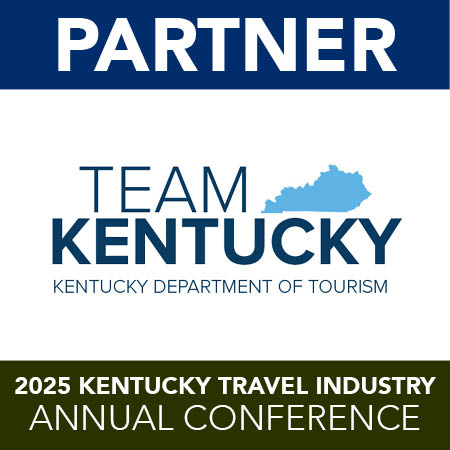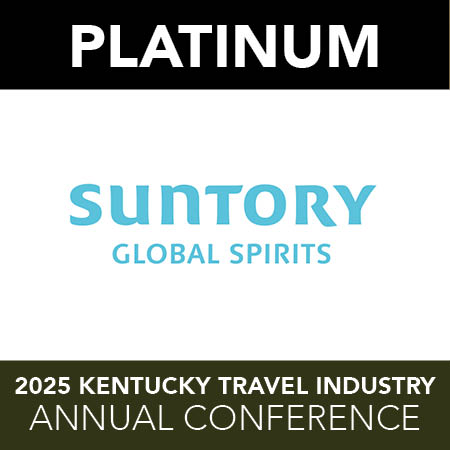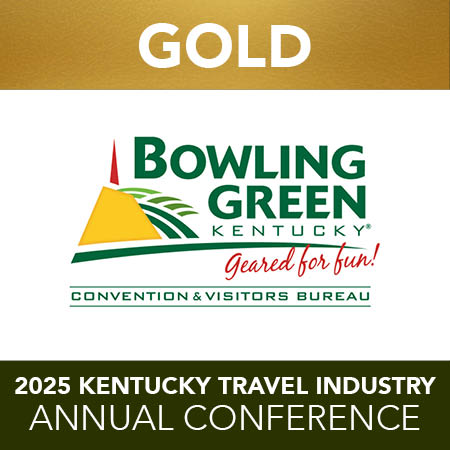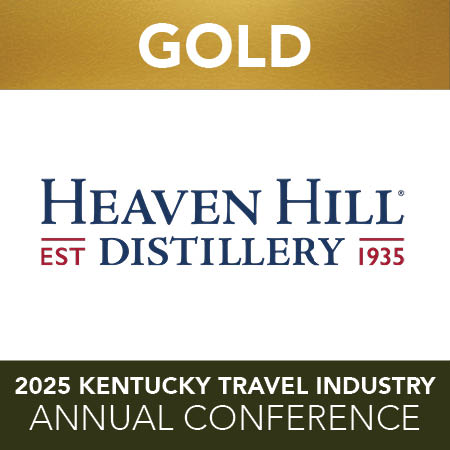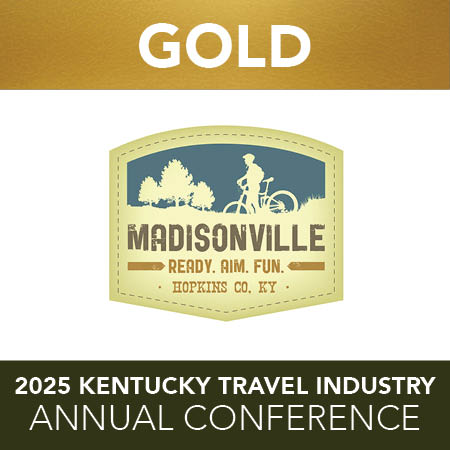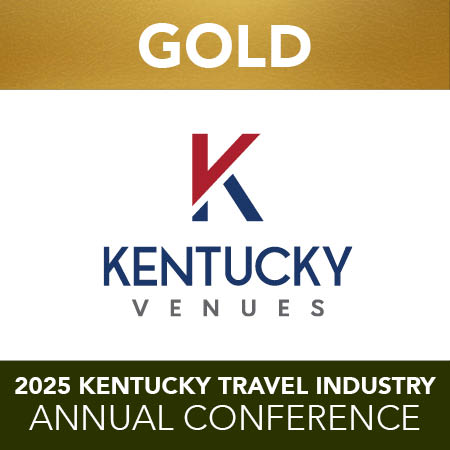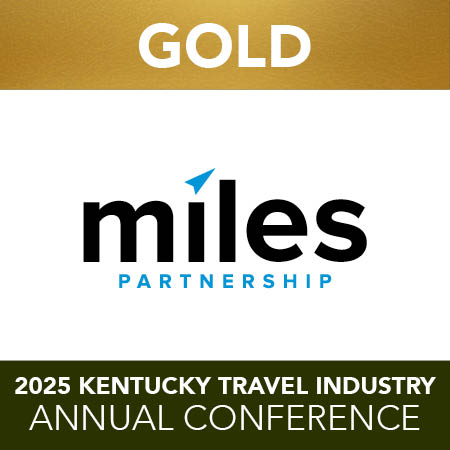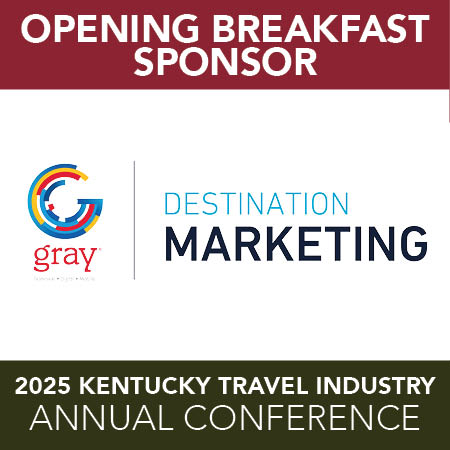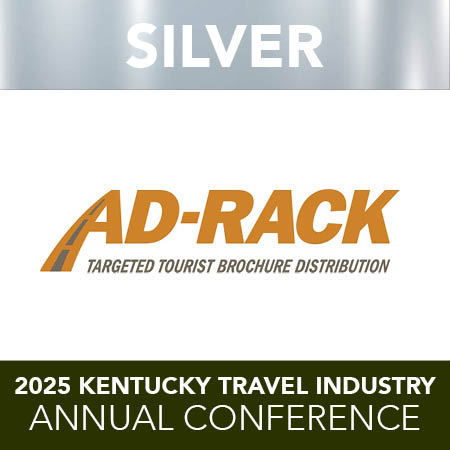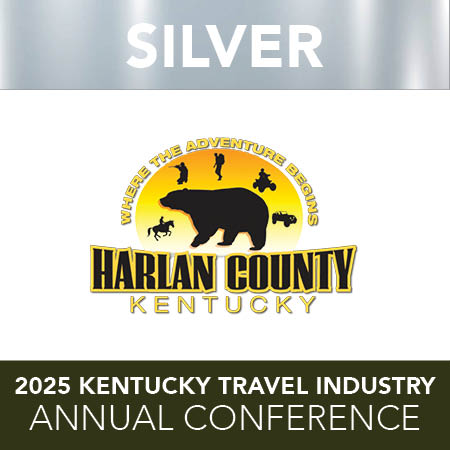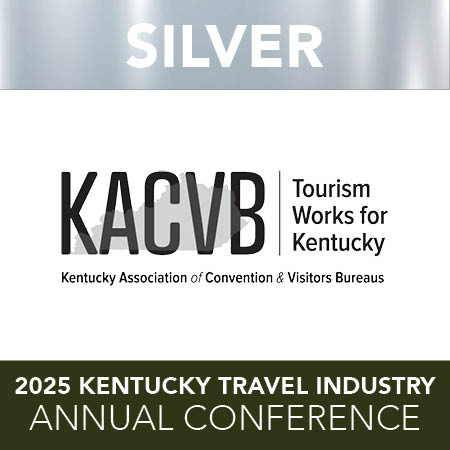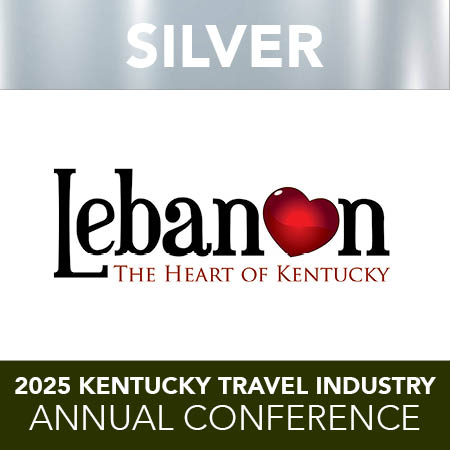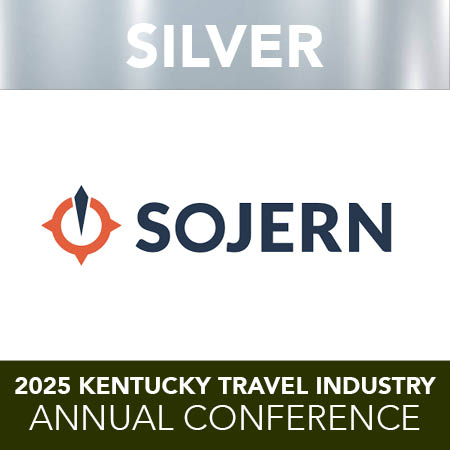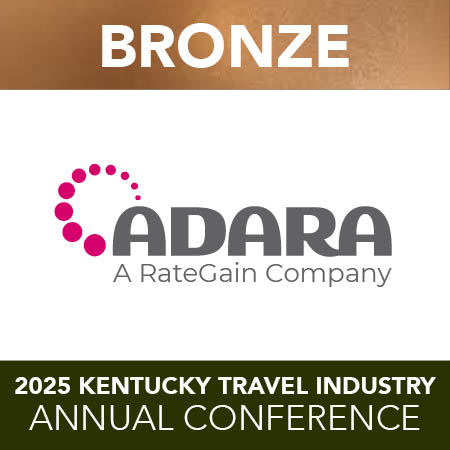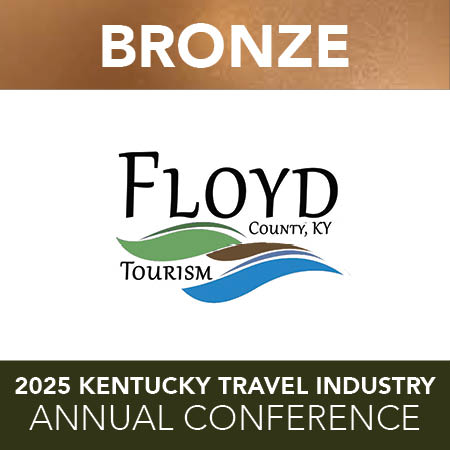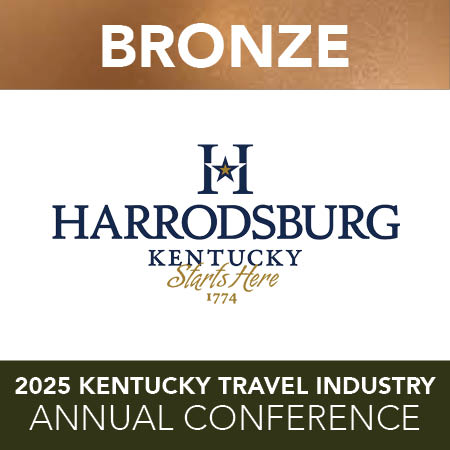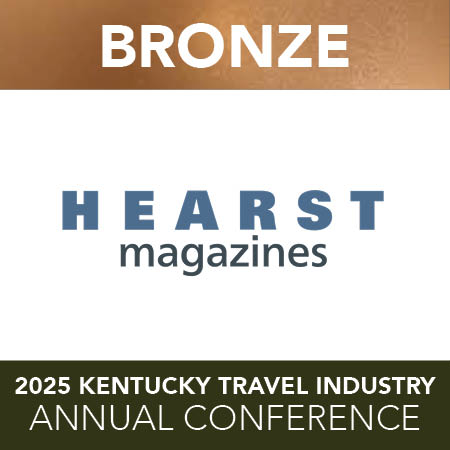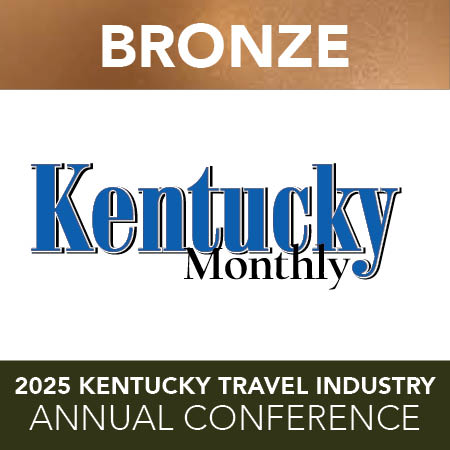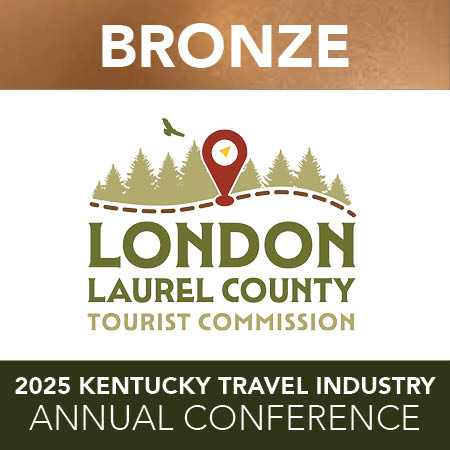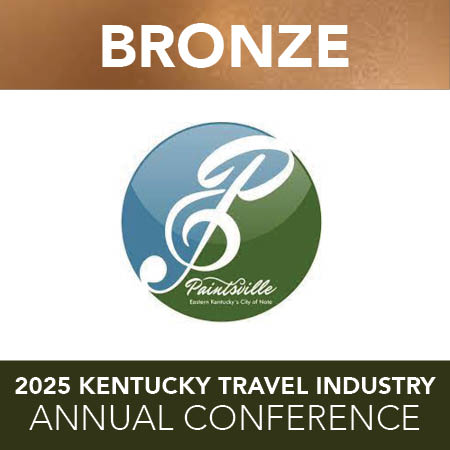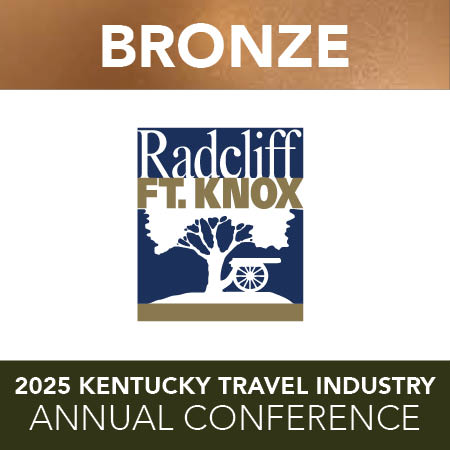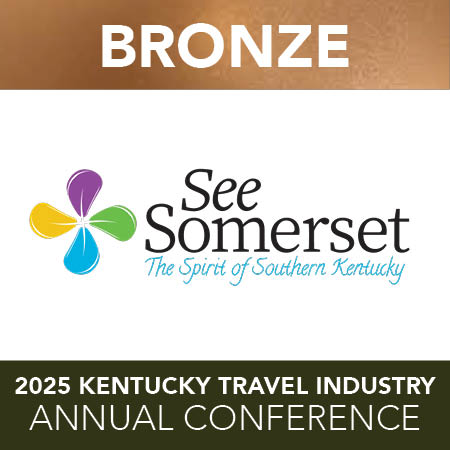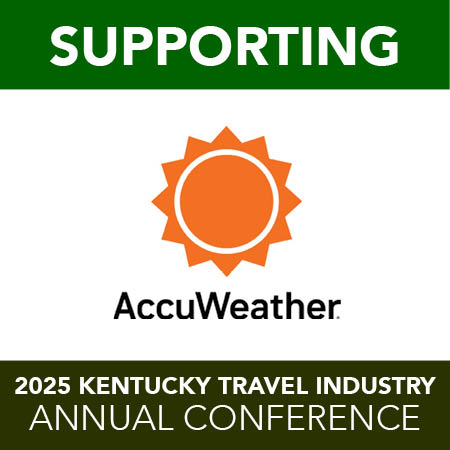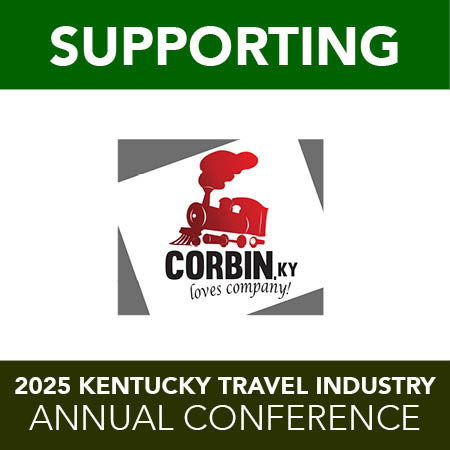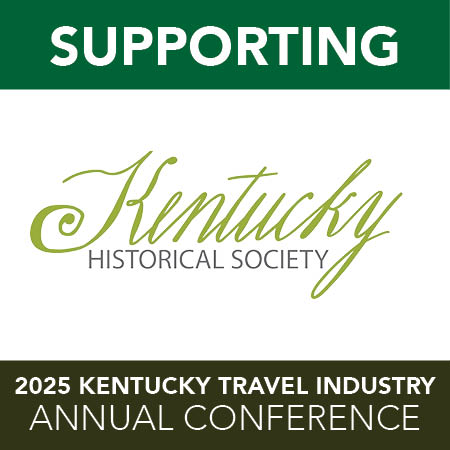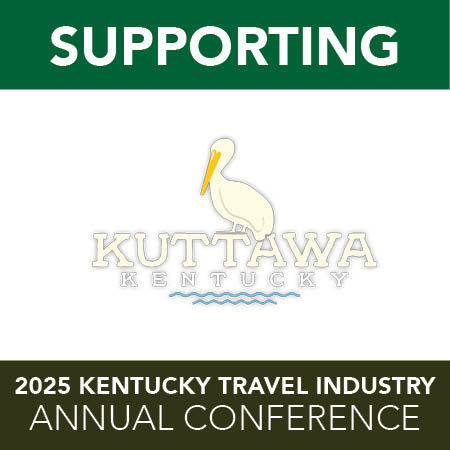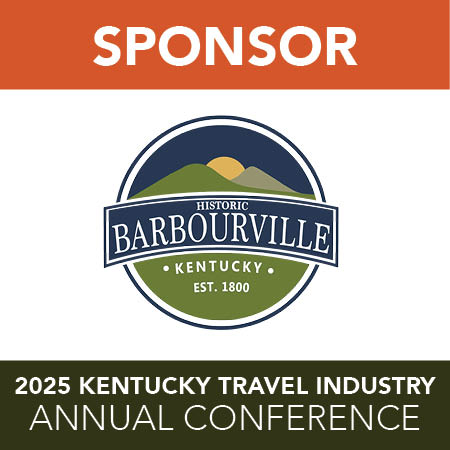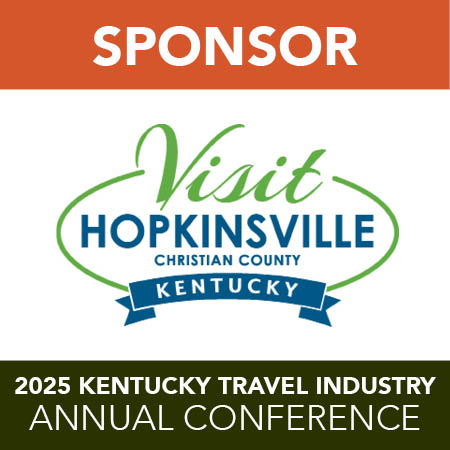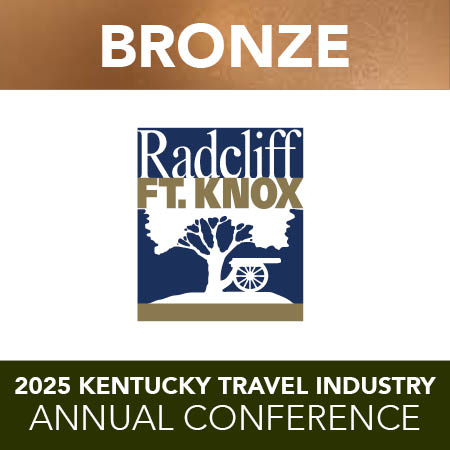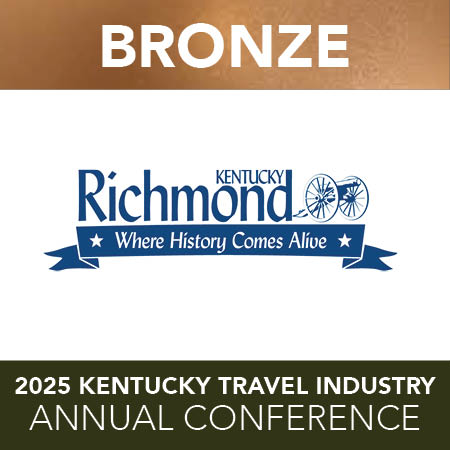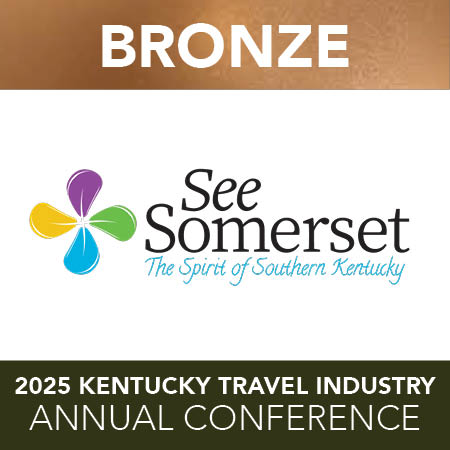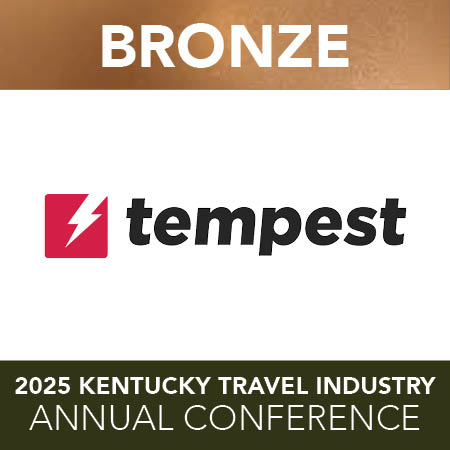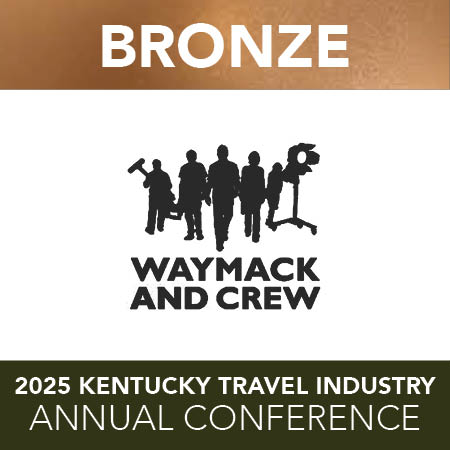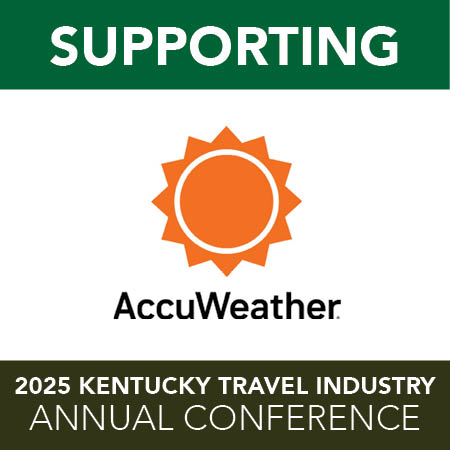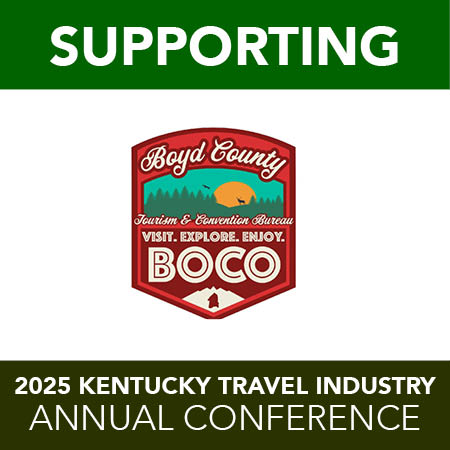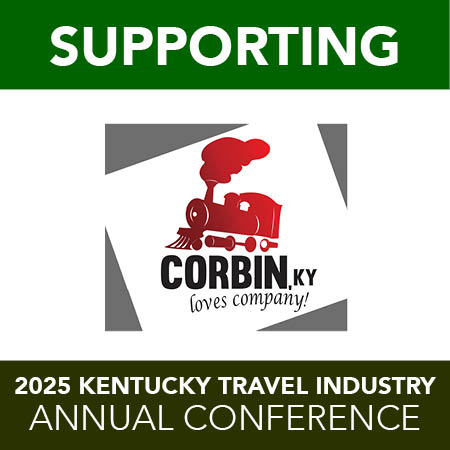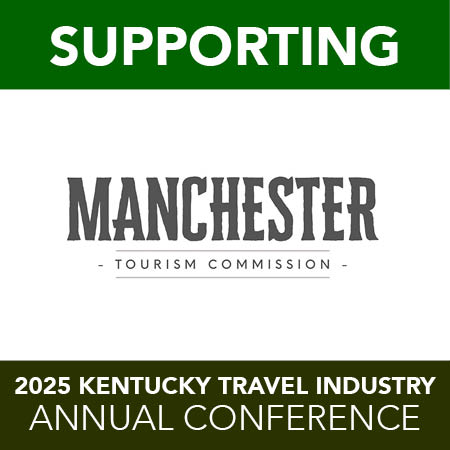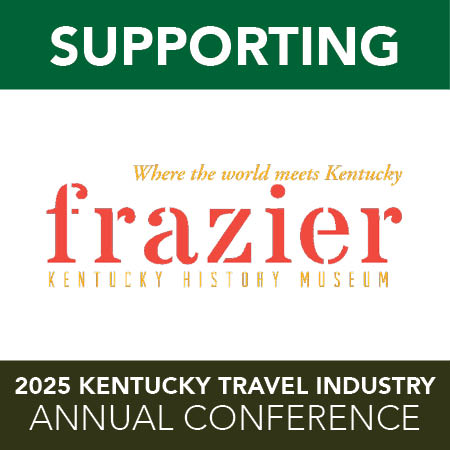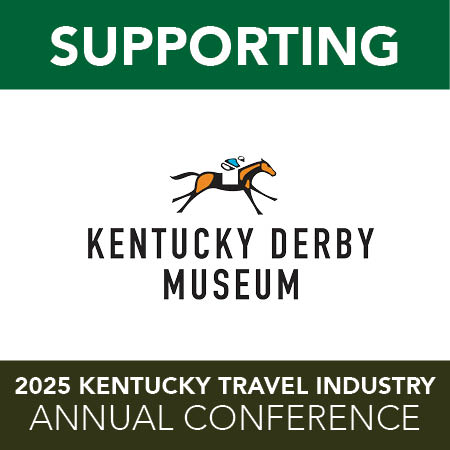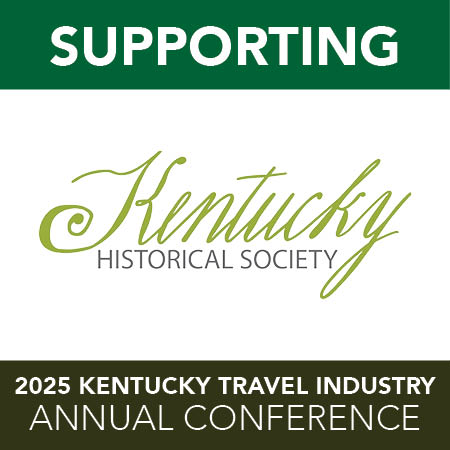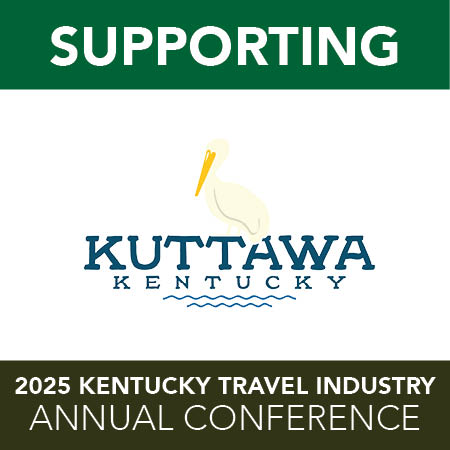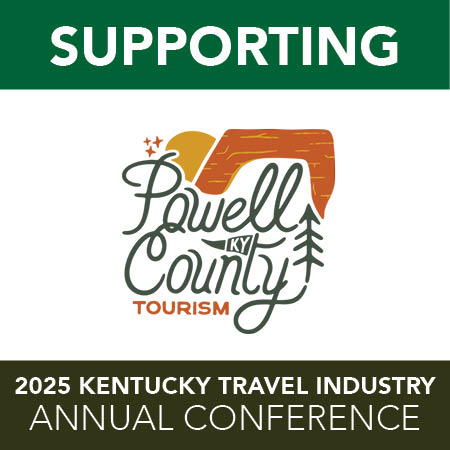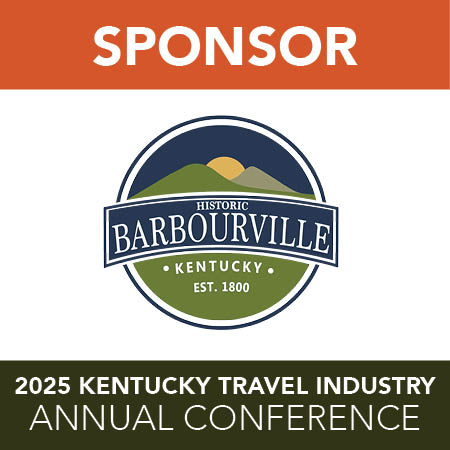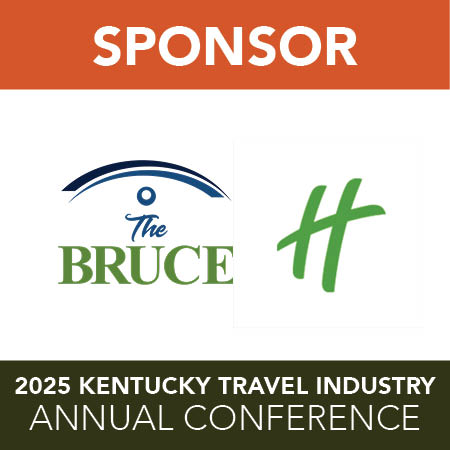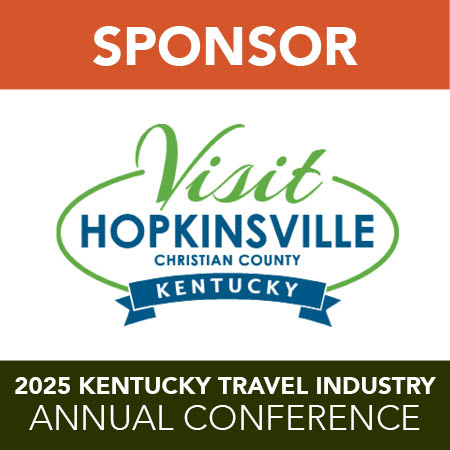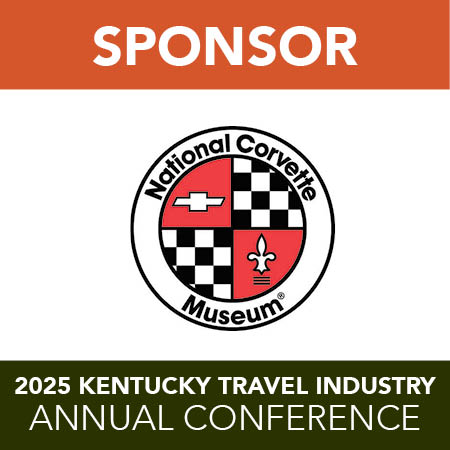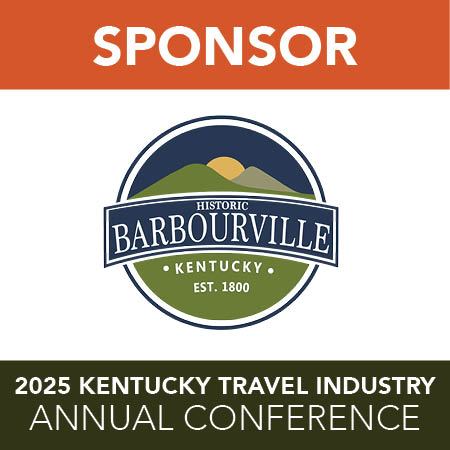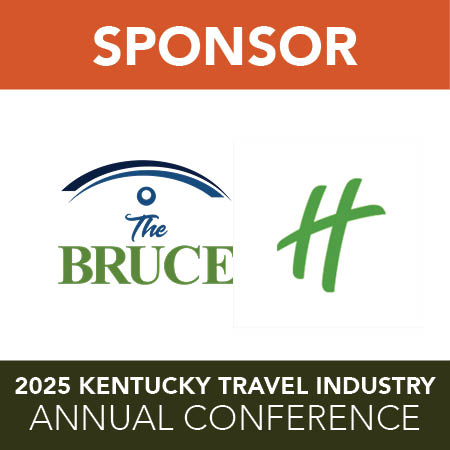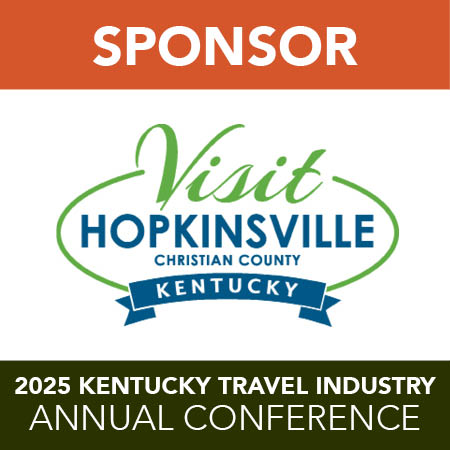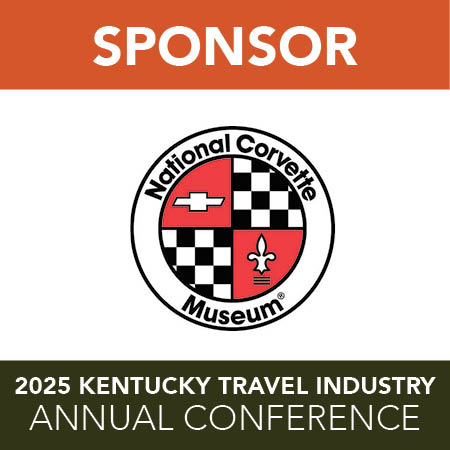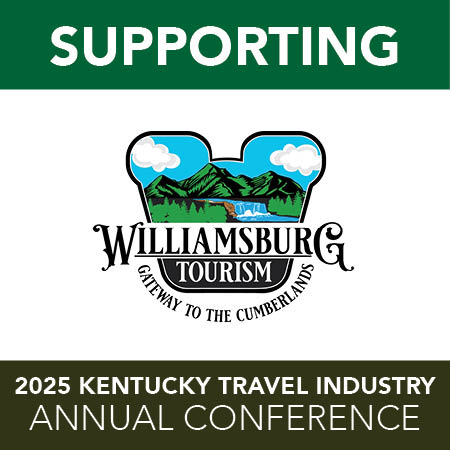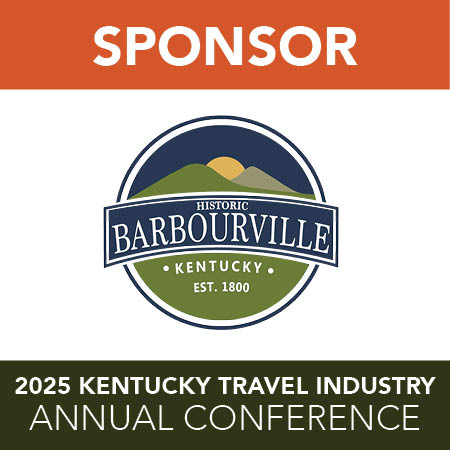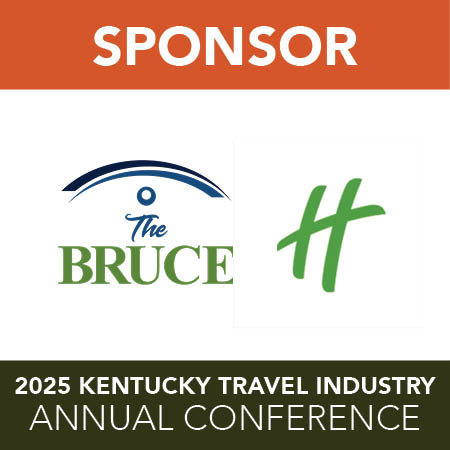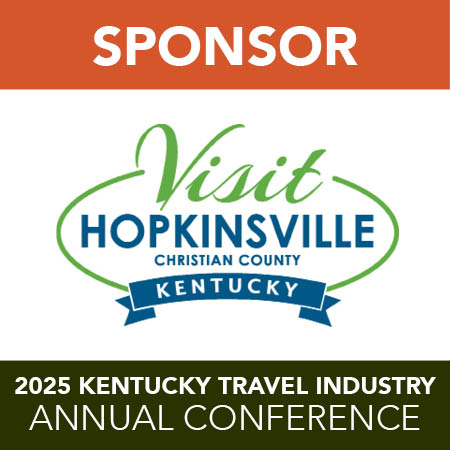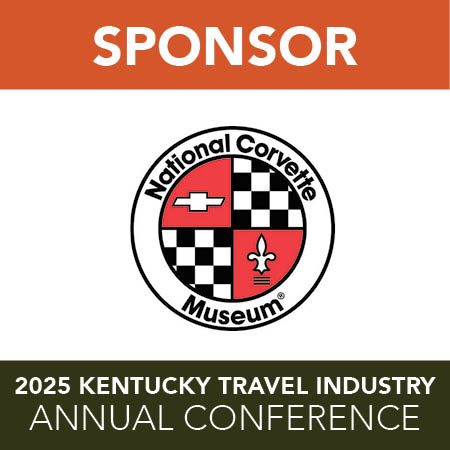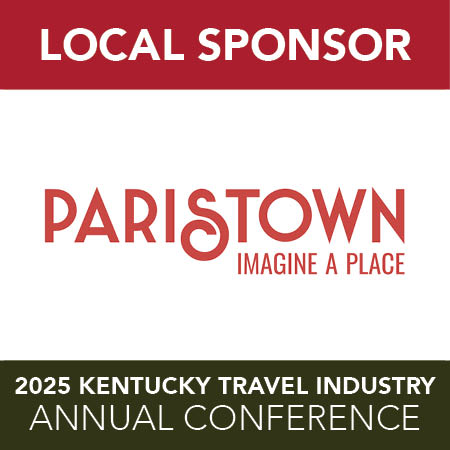|
KTIA Journal of Travel & Tourism
September 2022
 CREE LAWSON,
Founder & CEO, Arrivalist
Cree Lawson is a serial entrepreneur with more than 20 years of experience in digital media, research and analytics. Amongst other companies, Cree founded Travel Ad Network Inc. (TAN) in 2003 and leading mobile location analytics firm Arrivalist in 2012. He is based in New York City and currently serves as Founder and Chief Executive Officer of Arrivalist. The company analyzes the changing locations of computing devices to provide marketers with unique business intelligence about how consumers interact with the locations they market and how their media attract visitors.
Cree’s companies have made INC Magazine’s list of America’s 500 Fastest Growing Companies (TAN) and been featured in multiple industry publications, ranging from Forbes to Ad Age.
Prior to founding Arrivalist and Travel Ad Network, Cree served in a variety of management, sales, business development and marketing roles at Random House, the Associated Press, Gannett, Time Warner Trade Publisher and two Internet start-ups.
He’s also a nationally-recognized investigative reporter and an academic All-American athlete. His publishing career began in 1994 when, as editor of the college newspaper, he made the Belmont Vision one of the first five college papers published online.
Cree lives in New Jersey with his wife Marisa, his two sons and their pet fish.
KTIA: New normals became a pandemic buzzword accompanied by a great deal of conjecture about what those would be. Presently, travelers are confronted by COVID’s continued presence, inflation, including high gas prices, flight disruptions and service impacts from labor shortages. Whether traditional or new, have we reached any points of normalcy? If so, what are they?
There’s no doubting that we saw massive changes during the pandemic. Over 81 percent of our clients had a change in their top three origin markets heading into 2021. Many of our clients have long-term changes in vacation patterns. Vacation rentals and outdoor attractions have benefited from pandemic travelers who will continue doing the same now that they have been exposed to pleasures of this type of tourism. Similarly, indoor attractions will have to work harder to regain share. We also saw in our data that a great number of devices changed their primary residence during the pandemic. So, there’s an undeniable shift going on that marketers should pay attention to. We don’t recommend using your 2019 media plan in 2022. You’re likely to be targeting different travelers this year.
KTIA: In your analyses of ‘journey intelligence,’ are there findings or trends that the Kentucky travel industry would view as good news?
Outdoor travel skyrocketed during the pandemic. Outdoor attractions like Mammoth Cave and the Kentucky Derby will likely benefit for years to come after the pandemic. Kentucky is also predominantly a drive market destination, so that will continue to work in Kentucky’s favor until air service returns to normal
KTIA: Are you seeing any bad news for Kentucky?
The bad news is one word: Change. Things have changed since the pandemic. They are not going back. The rate of change totally accelerated and since then has continued. Yesterday’s traveler is not today’s traveler. Destination marketers have an incredible opportunity to adapt quickly to today’s traveler. We’ve seen incredible change in air service, hotels, vacation rentals. I don’t see the rate of change slowing down. The bad news is that change is not comfortable. But change is also opportunity and that’s the bright side of it.
KTIA: Kentucky DMOs will be receiving large amounts of marketing funds resulting from the General Assembly’s appropriation of $75 million to the industry from the state’s ARPA funds. Demonstrating ROI will be important in the use of those funds. What ideas and advice do you have for DMOs in identifying and documenting returns on the investment of tourism marketing funds?
To whom much is given, much is expected. There’s no doubt that there’s a wealth of new data sources to measure ROI. So, in many ways, marketers have never been more capable of quantifying ROI. Our advice is to make sure the metrics are closely tied to the objective, and that you select an array of measures to measure different types of response. For example, Arrivalist’s clients will often choose to measure Arrival Lift and increased duration of stay, as well as overnight visits for day trips.
Since being with Arrivalist, I cannot think of a marketing plan that has had zero impact. However, there were many marketing plans that didn’t have the impact anticipated. We advise marketers to give themselves options for measuring ROI, because success can come in a variety of measures.
KTIA: If you could give one piece of advice to each of the following travel industry sectors, what would it be?
DMOs: Think long term and stay the course. Don’t make sudden changes. By all means, explore new media options. These arise every month. Just remember that ROI never goes out of style. Whenever you go out on a limb with new media, make sure you can back it up with data-driven results.
Hotels: The overnight economy has been disrupted by vacation rentals. New data sets, like our Arrivalist Lodging product, can be your friend to understand and get out in front of the new overnight economy.
Attractions: Focusing on the customers and customer experience to encourage repeat visitors will serve you best in this economy. People have grown wary of crowded places. Top-tier attractions shouldn’t be afraid to charge more for a better, less-crowded experience.
Airports: Airport’s jobs begin with the passengers caught in delays. Friendly staff and great Wi-Fi connections can win customers over when they need it most.
KTIA: As someone whose work is immersed in technology, how do you unplug, or do you?
That’s a great question. I never really unplug but I change channels. I’ve found that the Blinkist app is the best way to listen to audio books quickly. I try to take in a book a night. I’ve also been exploring video games that keep my mind agile like Lumosity. Finally, I challenge myself to play video games with my children and keep up with them. I’ve been amazed by how creative MineCraft and Roblox are. Video games are so immersive and interactive. They really take everything off your mind. I’m not a gamer or really a video game enthusiast, but recently that’s what I’ve been doing. I’ve also recently taken up swimming. It’s pretty difficult to get text messages in the pool.
KTIA: The work you do is based on geo-location technology using peoples’ mobile devices. Are there privacy issues or other ethical considerations involved with this type of technology?
Over the last ten years, we’ve worked extensively to make sure our practices are above board. We know there is a lot of sensitivity about location data because individuals feel as if they could be tracked. The real value of location data however is in the aggregate, thousands of devices moving. And the aggregate of location data provides very valuable insight on things like congestion, traffic patterns and easing movement. We’re strong proponents for using data for good and we have extensive technology resources that ensure that no one individual could ever be tracked with our data.
KTIA: Arrivalist data is often cited in travel news stories. What are your observations about how the media covers travel and tourism?
We’ve been really thrilled with the adoption of our Daily Travel Index. (https://www.arrivalist.com/daily-travel-index/) Before this, there’s never been a great way to measure road trips. It’s inspiring to see journalists and thousands of people a month visiting our Daily Travel Index website.
KTIA: How do you see tourism marketing technology evolving over the next three to five years?
Media experiences are becoming much more immersive. The humble banner ad is way back in the rear-view mirror. Connected TV is grabbing a massive share for our large-budget advertisers. That trend won’t stop. Beyond that, I think augmented reality and virtual reality may finally come of age as legitimate marketing tools for travel, and the metaverse holds intriguing opportunities for travel marketers. Our goal is to make sure measurement opportunities follow wherever direction that media innovation takes.
KTIA: With your insights about traveler thinking and motivations, what keeps you awake at night about the future of tourism?
Overcrowding. I hope travel marketers will continue to focus on customer experience and repeat visitation and not seeing how many people they can cram into a destination. I think the airline industry has been a good example of what can go wrong when the customer’s experiences are continuously degraded.
KTIA: Are there other thoughts you would like to offer that have not already been covered?
Net-net the pandemic will have some positive long-term value for travel. The advent of road trips and trips to outdoor locations have brought more togetherness to the travel experience, which will remind us that the value is not always just the experience, but who we experience it with.
KTIA: What is your most memorable personal trip and why? Visiting Yellowstone with my parents when I was eight. It was such a long drive that I had a lot of great bonding time with my parents in the car. |

